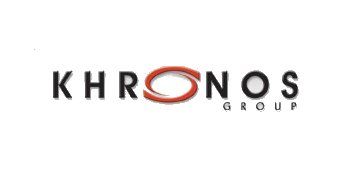OpenGL is the industry standard for high performance graphics and is used in many games, 3D modeling programs, etc. The Khronos Group develops and researches it, and it so happens that the latest iteration is now complete.
The version we are looking at is OpenGL 4.3 (available for download here) and contains several new features that extend the functionality available to developers, in addition to increasing application performance.
Khronos Group checked developer feedback and included, for one, compute shaders that make use of GPU parallelism in image, volume and geometry processing.
Secondly, OpenGL 4.3 possesses shader storage buffer objects that enable geometry, compute, tessellation, fragment and vertex shaders to read and write large amounts of data, while passing insignificant data between shader stages.
A third asset is the high quality ETC2 / EAC texture compression as a standard feature (eliminates the need for each platform to have a different set of textures).
Fourth, Khronos Group implemented texture parameter queries (discover actual supported texture parameter limits) and a debug capability that sends debugging messages during application development.
The list goes on with indirect multi-draw, which lets the GPU compute and store parameters for multiple draw commands in a buffer object. The parameters can be re-used with one draw command, something useful for rendering high numbers of objects with low triangle counts.
Other features include increased memory security and multi-application robustness extension.
"Developer feedback has been key to creating a faster, more capable API that meets emerging needs, such as providing a secure platform for GPU-accelerated web applications using WebGL and compute shaders that harness GPU parallelism for advanced computation," said Barthold Lichtenbelt, working group chair of the OpenGL ARB and director of Tegra graphics at NVIDIA.
"NVIDIA released beta OpenGL 4.3 drivers today, so developers can immediately use this new functionality on NVIDIA desktop GPUs."

 14 DAY TRIAL //
14 DAY TRIAL //